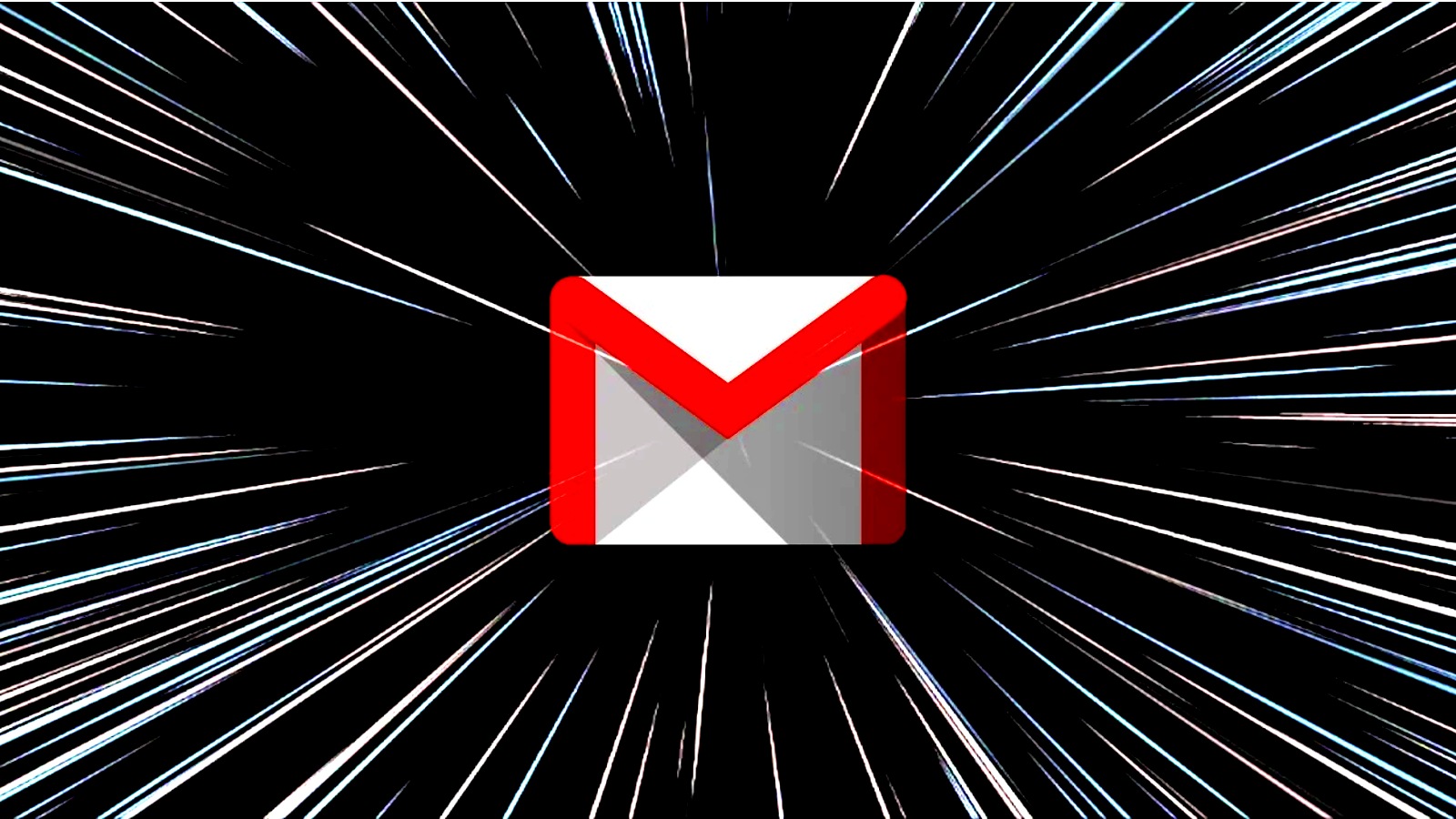

I haven’t done sandbox detection for some years now, but around 2020, it was already “difficult” as in hard to write from scratch… yet already skid easy as in “copy+paste” from something that does it already. Surely newer sandboxes take more stuff into account, but at the same time more detection examples get published, simply advancing the starting point.
So maybe TikTok has a few people focused on it, possibly with some CI tests for several sandboxes. I don’t think it’s particularly hard to do 🤷





That… depends.
Lemmy is just a carrier software, its license has nothing to do with comments.
Instances however, each have their own TOS and can enforce license controls.
Ideally, all comments should have a “license” field, so stuff like instances with ads on them, or subscription-only instances, or CC0/CC-AS only instances, could inform other instances of their rights, and avoid comments that don’t meet their policies.